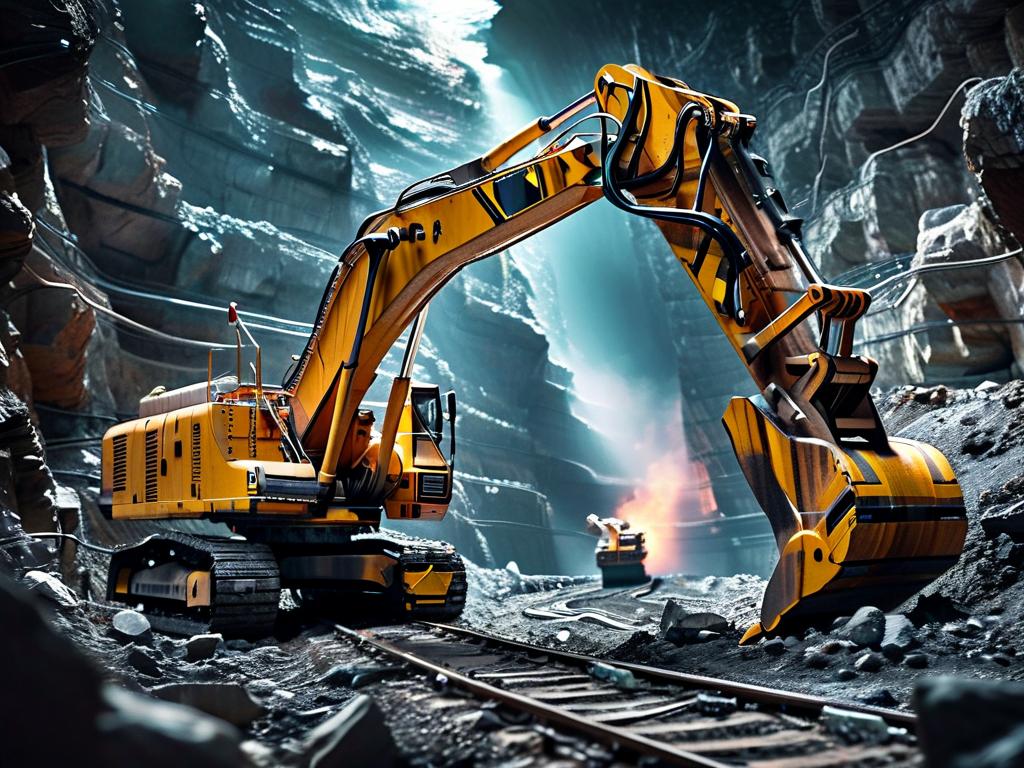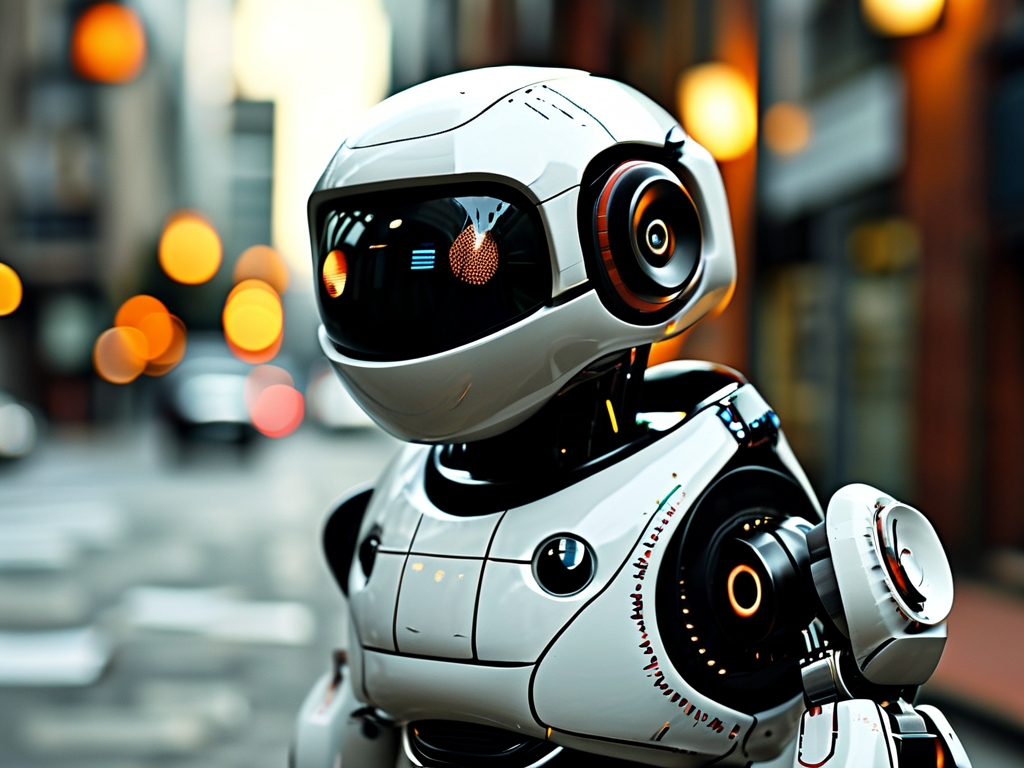The arena echoes with the clang of metal as two mechanical titans clash in a shower of sparks. This is no sci-fi movie scene – it's the cutting-edge world of competitive robot combat, where engineers and programmers pit their creations in intense battles of skill and strategy. Through detailed video analysis, we can dissect the intricate dance of destruction that defines this modern sport.

Engineering Meets Warfare
Modern combat robots represent a fascinating fusion of mechanical engineering and tactical gameplay. Unlike industrial robots designed for repetitive tasks, these combat machines incorporate specialized armor plating made from aerospace-grade materials like titanium alloys and hardened tool steel. Their weapon systems range from vertical spinning discs capable of delivering 250 mph impacts to hydraulic crushers exerting over 50 tons of pressure.
Recent tournament footage reveals an evolutionary arms race in defensive strategies. Teams now employ "active armor" systems that rotate damaged sections out of harm's way during matches. The 2023 RoboGames championship showcased a 120-pound middleweight bot that used compressed air jets to momentarily destabilize opponents – a technique later analyzed frame-by-frame in post-match breakdown videos.
Sensor-Driven Combat Intelligence
High-definition slow-motion replays expose the hidden sophistication beneath the apparent chaos. Advanced combat units utilize LiDAR arrays and millimeter-wave radar to track opponent positioning, feeding real-time data to onboard decision matrices. Thermal imaging cameras help identify vulnerable components in adversary bots, with some teams programming their machines to specifically target overheating motors or weakened structural points.
A viral technical analysis video from MIT's robotics lab demonstrated how machine learning algorithms process years of combat footage to predict common attack patterns. This AI-driven approach allows newer competitors to bypass years of trial-and-error development, though purists argue it removes the "human element" from tactical planning.
Video Analysis as Training Tool
Competitive teams now treat match recordings as crucial learning resources. Through spectral analysis of weapon vibration frequencies and frame-by-frame impact studies, engineers optimize their designs between tournaments. The current heavyweight champion team credits their success to discovering a 0.8-second vulnerability window in opponent defense patterns through meticulous video review.
First-person view (FPV) camera systems have revolutionized both spectator experience and technical analysis. Miniature endoscopic cameras mounted inside robots provide unprecedented views of internal component behavior during matches. Recent thermal imaging footage from the Las Vegas Open revealed how one bot's chain drive system failed milliseconds before official sensors detected the malfunction.
The Human-Machine Interface
Behind every combat robot lies a complex control ecosystem. Video breakdowns of championship matches frequently highlight the split-second decisions made by human operators. Wireless latency measurements show top-tier controllers making adjustments within 50ms of visual feedback – faster than the blink of a human eye. Some teams employ hybrid control systems where autonomous routines handle defensive maneuvers while human operators focus on offensive strategies.
Future Combat Frontiers
Emerging technologies promise to push robot combat into new dimensions. Footage from experimental matches features liquid-cooled motor systems that maintain peak performance through extended engagements. Military research labs have begun releasing declassified videos showing scaled-down prototypes of electromagnetic pulse weapons and reactive armor systems adapted from main battle tank designs.
As spectator demand grows, broadcasters are implementing augmented reality overlays that visualize internal component status and projected attack trajectories in real time. The next generation of combat robots may incorporate quantum computing-assisted decision matrices and self-healing polymer skins – technological leaps that will undoubtedly be captured and analyzed in future technical videos.
From garage workshops to international championships, robot combat continues to evolve through shared technical knowledge. Each spark-filled collision captured on video becomes a data point in this ongoing engineering arms race, proving that in the realm of mechanical mayhem, information is just as crucial as innovation.









